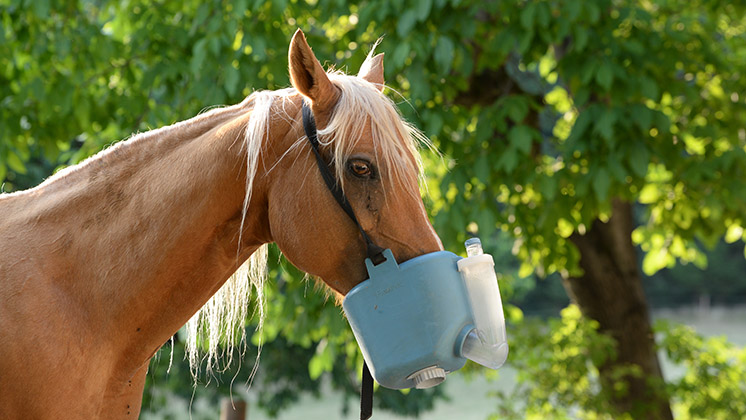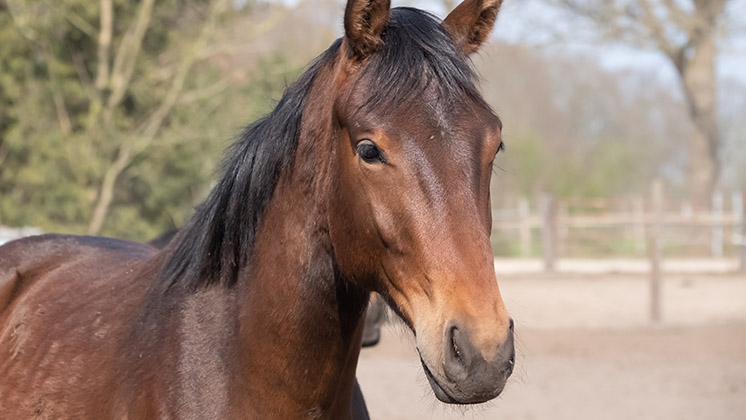Exploring the Best Solutions for Equine Airway Procedures
Introduction

When it comes to diagnosing lower airway conditions in horses, bronchoalveolar lavage (BAL) or “lung wash”, is an invaluable tool. It involves flushing a solution into a part of the horse’s lung and collecting it for analysis. However, concerns about the type of solution used—specifically its acidity—have raised questions about potential side effects, specifically, causing airway irritation. This study, conducted by researchers from Utrecht University and Purdue University, sought to answer whether alternative solutions might reduce airway irritation.
The Study Setup
Four healthy Dutch Warmblood mares were part of the research, where BAL was conducted using four different isotonic solutions: saline (pH ~5.5), phosphate-buffered saline (PBS), Ringer’s solution, and Plasma-Lyte 148® (all neutral pH ~7.4). Each solution was tested in different lung lobes in a randomized, crossover fashion, with a 48-hour interval between sampling sessions. Cell counts and cytology of the retrieved BAL fluids were evaluated.
Key Findings
- All solutions led to a significant increase in the percentage of neutrophils (from 1.5% to 14.7%) within 48 hours after the procedure, regardless of the solution used.
- The type of solution did not affect the total number of nucleated cells or the mast cell counts.
- The lung lobe sampled also did not influence cytological results, indicating uniform response across lobes.
- Saline, despite its lower pH, did not cause greater inflammation compared to the neutral pH solutions.
What This Means for Equine Health
The results suggest that using neutral pH solutions like PBS, Ringer’s, or Plasma-Lyte does not reduce inflammation compared to saline. Therefore, saline remains an appropriate, practical choice for BAL in horses. Moreover, sampling different lung lobes yields consistent results, simplifying the process for veterinarians.
Conclusion
This study offers reassurance that saline continues to be a reliable and safe option for BAL procedures in horses, supporting current practices. The findings are promising for maintaining straightforward, effective diagnostic protocols without added complexity from using alternative solutions.
Read the Research Paper
This article is based on the research of Dr. Laurent Couetil and the Equine Sports Medicine Center. Read the research:
Suggested Articles

Investigating Severe Asthma in Horses through Cutting-Edge Allergen Mapping
A new study reveals how regional allergen exposure shapes immune responses in horses with equine asthma, advancing prospects for precision diagnostics and treatment.
Read more
Lipid Clues in Equine Asthma: What a New Study Reveals
New research reveals how specific lipid changes in lung surfactant and blood plasma may serve as biomarkers for diagnosing and managing equine asthma in horses.
Read more
A Breath of Fresh Air for Racehorses: How Low-Dust Forages Can Help
Discover how low-dust forages like haylage can significantly reduce equine asthma symptoms by minimizing airway inflammation and enhancing respiratory health in racehorses.
Read more
